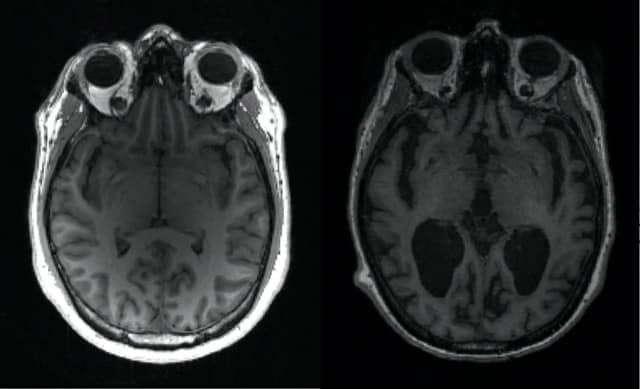55.2 million people suffer from Alzheimer’s disease, according to the World Health Organization. A number that is expected to reach 139 million in 2050. A recent study attributes the increase in so-called early cases to the increased use of smartphones.
Published in the scientific journal «Current Alzheimer’s Research»This research establishes a link between the development of early cases of Alzheimer’s disease and excessive exposure to electromagnetic waves from cell phones and Wi-Fi networks.
It has been generally accepted for nearly a quarter of a century that Alzheimer’s disease results from the excessive accumulation of calcium in the brain. Specifically, an excess of intracellular calcium can lead to Alzheimer’s disease. The study suggests that electronically generated electromagnetic fields (EMF) may contribute to the accumulation of this calcium. These electromagnetic fields come from devices such as cell phones.
Scientists agree that Alzheimer’s disease is caused by excessive calcium buildup in the brain
[TIMOTHY RITTMAN / UNIVERSITY OF CAMBRIDGE / AFP]
Even if there have long been doubts about the harmful effects of cell phones on our bodies, especially the brain, no study has been able to mention exposure to connected objects among the causes of Alzheimer’s disease.
Scientists have been able to establish the link between “early” diagnoses in individuals aged 30-40 years, and exposure to pulsed electromagnetic fields, electronically generated by our cell phones. Another observation from the study is that the age of onset of Alzheimer’s disease has decreased over the past 20 years or so, since then when exposure to electromagnetic fields from wireless communications increased.
If this finding is confirmed, this means that the number of Alzheimer’s disease cases could double within 25 years, while our generation, which is more exposed to waves, is getting older.



![Il existe plusieurs signaux précurseurs de la maladie d'Alzheimer qui peuvent alerter le patient et son entourage. [©SEBASTIEN BOZON / AFP]](https://mlolp13xfrpd.i.optimole.com/w:auto/h:auto/q:mauto/ig:avif/id:828acad2820adf9bdd874710c013aec9/https://bioprepwatch.com/1651519025_532_Alzheimers-Smartphones-responsible.jpg)


